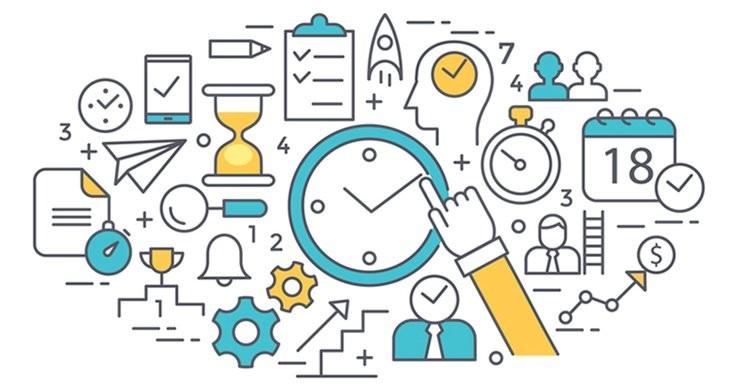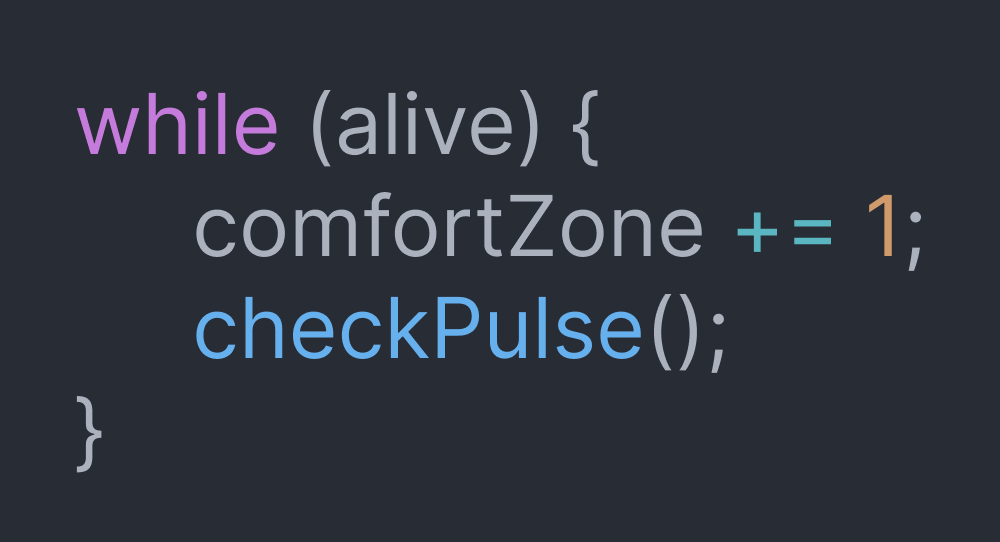A project typically fits into one of two broad categories: one in which we have a high degree of familiarity and whose scope we understand well and those we don't. As discussed with the former, we use historical records to hone in tightly on the expected efforts. That's simple. In the latter case, in which the client's vision is not fully articulated (and this is where we provided the most value), we have learned it's in both parties best interest to perform a strategy phase upfront. We often call it a discovery or planning and have found it to be instrumental in getting all stakeholders on the same page and reducing risk. Once we've elicited all the information we can from conversations with stakeholders and any relevant user testing, we then focus internally. In conjunction with the project manager, the tech lead on a given project is responsible for laying out the plan to execute the project from start to finish. Once the tech lead has produced this detailed document, we have a "designated dissenter" internal meeting in which the goal of one teammate is to pick apart any potentially false assumptions (you know what they say about those) made by the tech lead.
This direct, constructive feedback is something that I would only consider within a team with substantial "psychological safety," which we work hard to cultivate and sustain at Savas. The feedback is a gift that helps avoid potential future pitfalls, but a person will only hear it from someone they trust and know has shared goals.
When we complete the internal work, we produce one of the most beneficial outputs from the discovery process: a more detailed plan with a more accurate schedule and budget.
Setting more accurate time expectations is better for everyone because we create the necessary space—and far less anxiety and pressure—to do better quality work. In addition, it establishes reliability for the client, ourselves, and our coworkers and generally keeps everything running smoothly.








